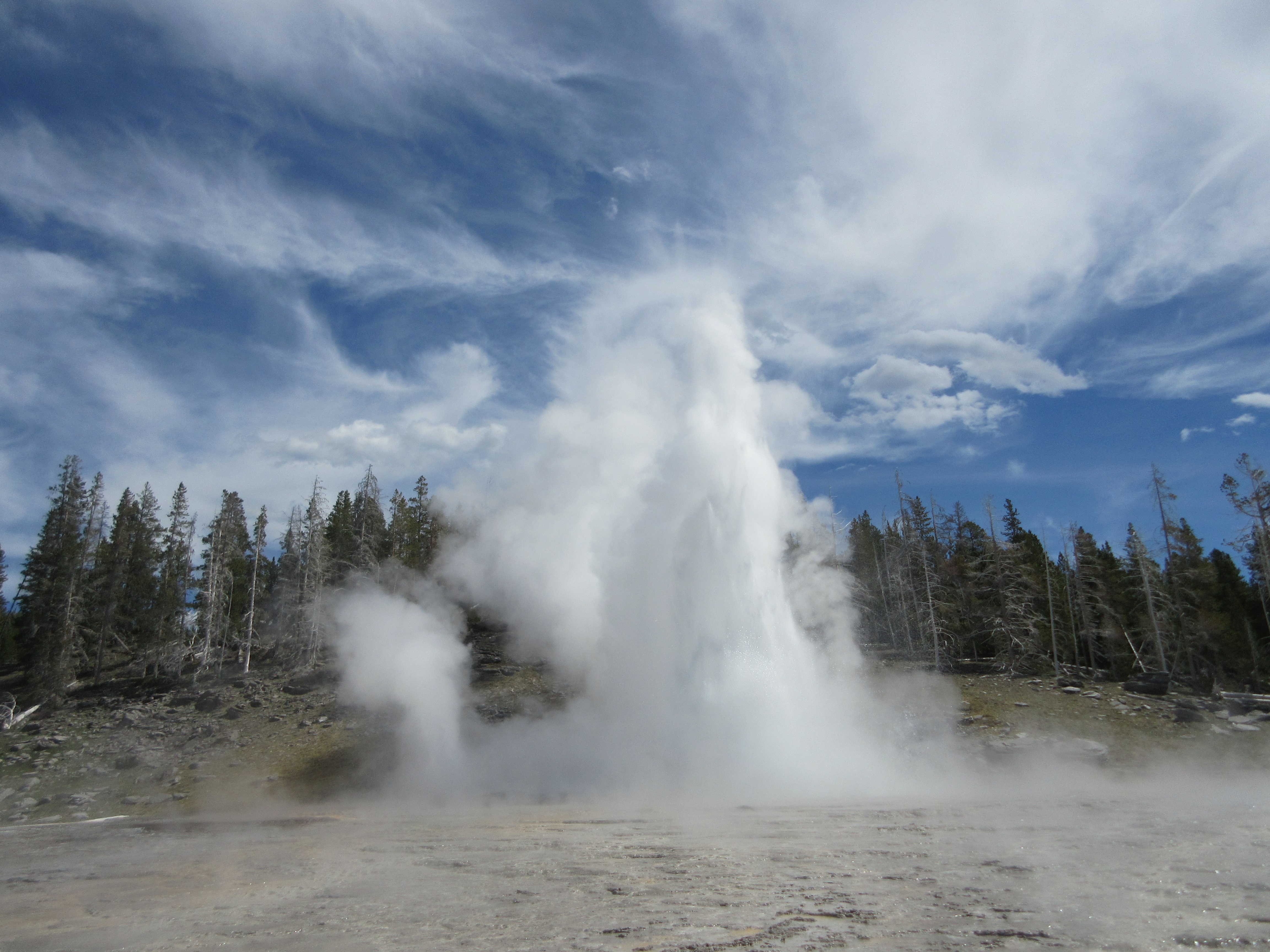By Barbara Pash
Barbara@MarylandReporter.com

Pitchers with tap water have replaced bottled water at some government meetings, such as this cabinet meeting last year with Gov. Martin O'Malley, Lt. Gov. Anthony Brown, and Chief of Staff Matthew Gallagher (far left).
Later this month, the Board of Public Works will be voting on new guidelines requiring future purchases of energy efficient products — including phasing out most state use of bottled water.
The regulations are being drafted by members of the Maryland Green Purchasing Committee. Created by 2010 legislation, has already set green purchasing guidelines on a range of products.
“Generally we’re looking at things that are environmentally friendly, but also to save on cost,” said Michael Haifley, procurement director of the Department of General Services. This includes factors like how long products will be in operation, and what the total cost will be. “The price [to buy] could be more but at the end of the day, we want the cost to be less,” he said.
The set of guidelines currently being drafted are slated to come before the Board of Public Works on Oct. 19, concern bottled water. First issued last Thursday, the guidelines basically phase out the purchase of bottled water and encourage the consumption of tap water. The guideline will have exceptions, depending on the availability of public water sources.
$200,000 on bottled water
In 2010, the state spent $200,000 on bottled water products.
“We realize this is a drop in the bucket [of state spending]. But our argument is that there are many alternatives where the money could be spent,” said John Stewart, national campaign organizer of Corporate Accountability International, a membership-based nonprofit that focuses on public health and the environment.
The organization participated in the “Think Outside the Bottle,” a national campaign to “promote the public water system and to challenge the marketing of the bottled water industry,” said Stewart. Maryland is the sixth state to join the campaign.
Neither Stewart nor Haifley could quantify how much the state would save by reducing bottled water spending. However, Connecticut used an administrative order to phase out bottled water in 2009. Connecticut officials determined that the state was spending more than $500,000 on bottled water in 2008. Stewart said that figure is now around $49,000.
Richard Norling, the Department of Natural Resource’s StateStat director who serves on the committee, said that the new bottled water policy “won’t cost the state anything. But we won’t see a figure on how much is saved for another year or two.”
The International Bottled Water Association has protested the proposed guidelines, saying their products represent a no-calorie, healthy choice. “According to peer-reviewed consumer research, and demonstrated through testing in Toronto, Canada schools, if bottled water is not available, only one-third of people seek out tap water, while two-thirds instead choose packaged beverages that add calories or sugar, or both, to their diet,” the association said in the statement.
“When it comes to the environment, bottled water companies are reducing their environmental foot print by light-weighting their products and developing new technologies in product packaging, such as the use of recycled content, biodegradable and compostable materials. Many companies are also utilizing more fuel efficient means of transportation.”
Other products targeted
Bottled water is not the first target of the Green Purchasing Committee.
The committee’s roughly two dozen members meet every two months. This is the second set of guidelines they have issued. The first, adopted in January, covered computers, printers, indoor lighting and cleaning supplies. These guidelines rely on energy-efficient standards developed by the U.S. Environmental Protection Agency and other national rating systems.
“Those items were chosen for the first set of guidelines because they were the low-hanging fruit. There were standards that Maryland could use,” said Haifley.
Now, the committee is reviewing single-use food and beverage containers, motor oil and lubricants. This third set of guidelines could be issued by January 2012.
In single-serve containers, the problem is Styrofoam, Norling said.
“Styrofoam is cheapest but there are a lot of other products, some of which are compostable,” he said.
As for motor oil, Norling said a couple of states purchase refined oil that is derived from used, filtered oil, and supposedly as good as new crude oil. “We’ll look into the details,” he said.
The guidelines the committee is drafting are meant to guide future state purchases, and the committee’s suggestions are meant to be followed, Haifley said. The Board of Public Works — made up of Gov. Martin O’Malley, Treasurer Nancy Kopp, and Comptroller Peter Franchot — approves all large state purchases and contracts.
Norling viewed Maryland’s effort as part of a national movement. “There have been a series of executive orders starting with [President George H.W.] Bush to push federal agencies” toward energy efficient buying, he said. “It’s been gaining strength and momentum” since then.
Haifley agreed. “There are a lot of organizations that have environmental policies as relate to procuring goods and services, for human health and the environment,” he said. The committee’s goal “is to look at all the things the state purchases and make a determination if they’re an environmental product.”






Recent Comments